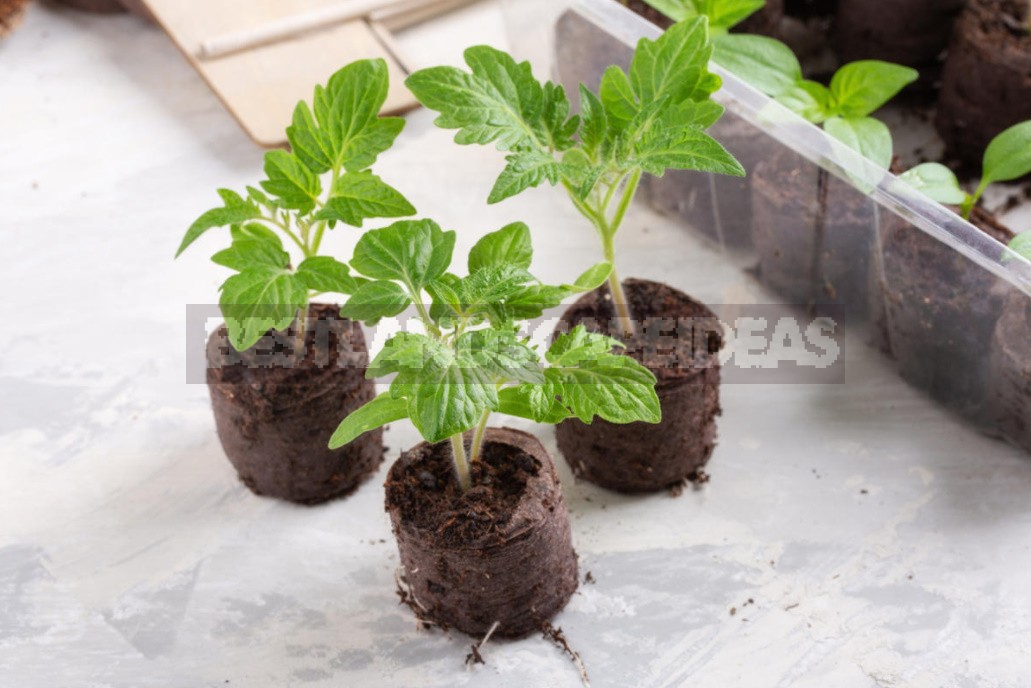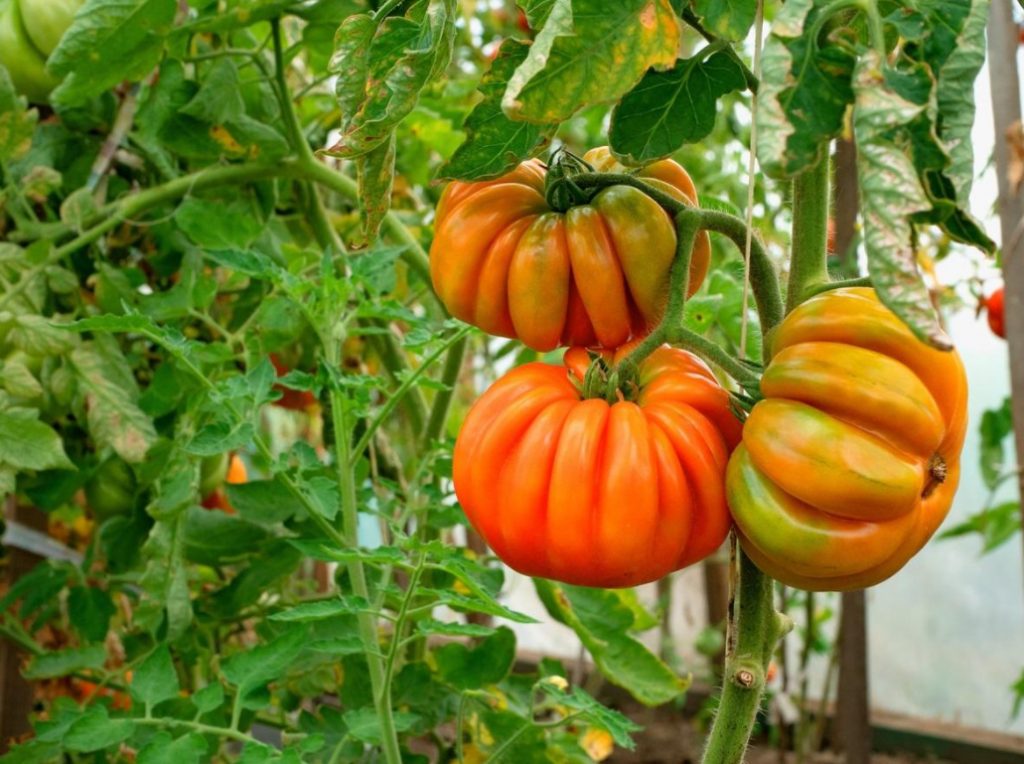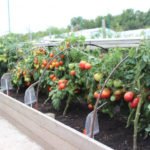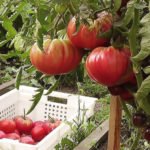Almost all gardeners make mistakes when growing tomatoes. Some still manage to boast of an enviable harvest — and it’s not even about knowing some special secrets that are available only to a select few. Everything is really not so difficult — the choice of the right variety and the right agricultural equipment. But some results that fall short of the ideal can be corrected. Let’s tell you how to do this.
What is important to know about tomatoes
Tomato is one of the most popular vegetable crops. Every year, new varieties and hybrids appear, and this gives room for garden experiments. After all, it is difficult to resist the temptation to plant several completely different tomatoes — both proven and new. Varieties with crimson, yellow or almost black fruits have long been familiar, green-fruited varieties have ceased to surprise. And what a wealth of shapes and sizes of fruits! Plus, there are a few varieties with a non-standard form of foliage. Some tomatoes are ideal for whole — fruit canning, others-for fresh salads. Well, how can you limit yourself in the choice here!
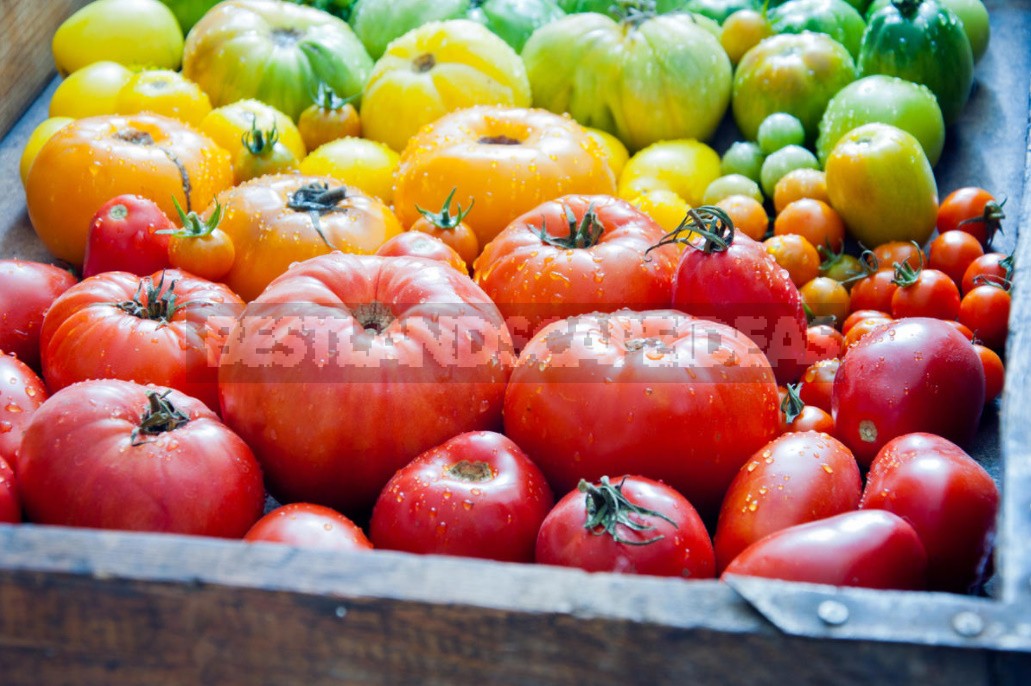
Tomatoes also differ in height. Among them there are giants up to 3 m or more tall, and crumbs no higher than 30 cm, usually grown in containers. As a rule, low-growing varieties (no more than a meter high) ripen earlier. Low-and medium-sized tomatoes are called determinant. Their growth is limited by biological features-sooner or later a flower brush is laid on the top, and the “climb” stops. But high-indeterminate-varieties can grow until they rest against the ceiling of the greenhouse or until they die from the autumn cold. Their growth is restrained by pinching and forming.
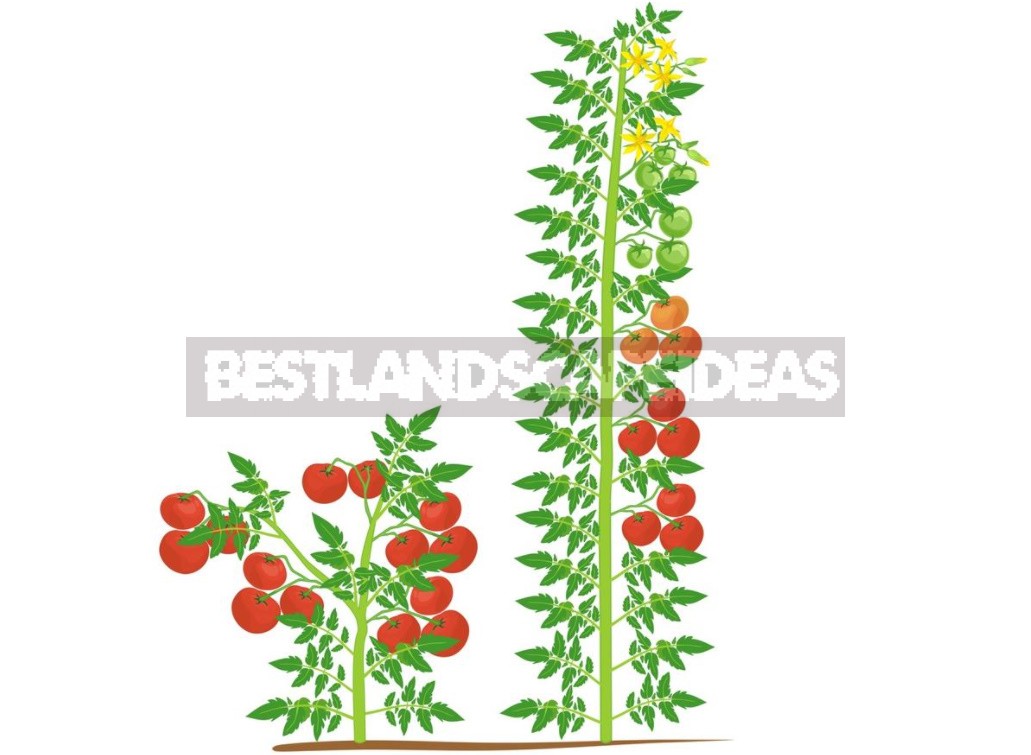
It’s time to move on to the main mistakes and ways to solve them.
1. An error in the timing of sowing and planting of flowering seedlings
The timing of sowing depends on the variety and the conditions of your area. Tomatoes are afraid of the slightest frost, so they are planted in the open ground when this threat finally passes. The approximate dates for the middle band are the beginning of June. If you grow tomatoes in a greenhouse, then everything also depends on the materials from which it is made. So, in a polycarbonate greenhouse, plants are always warmer, and the film will give a gain of a couple of degrees at best. If the weather is cold, then tomatoes-natives of the tropics-stop growing. An additional temporary shelter, for example, with non — woven material, partially solves the problem.
The growth rate of seedlings is proportional to the height of adult plants. Indeterminate varieties will always overtake the “children”, and if this does not happen, there is a possibility that the seeds of another variety were in the bag.
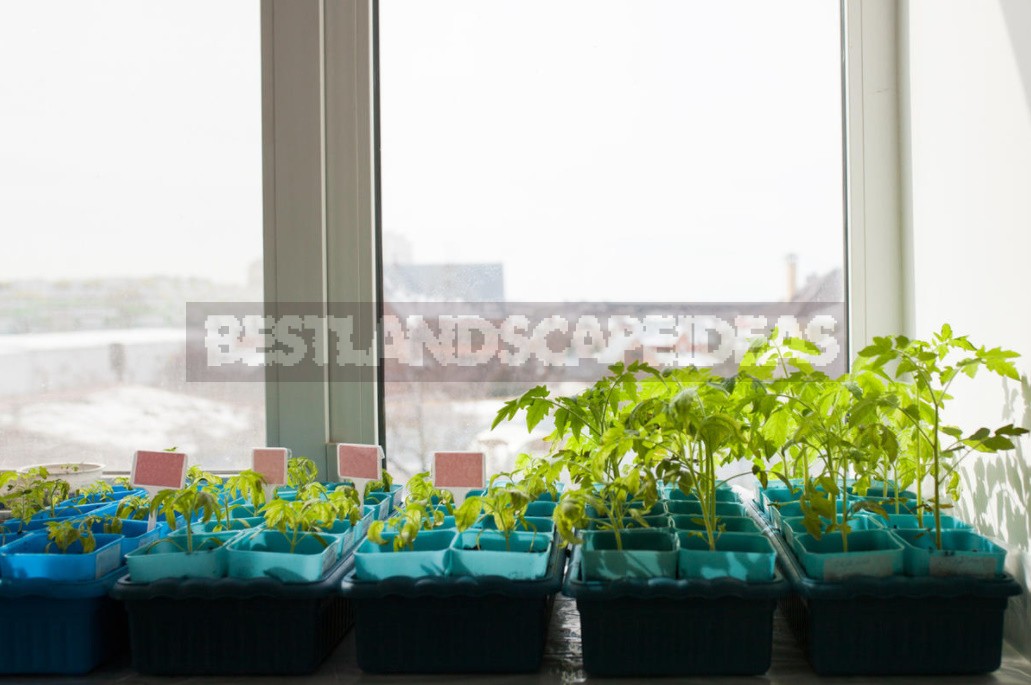
If the seedlings intend to bloom on the windowsill, and you are not yet ready to transport it to the dacha or the conditions do not allow you to plant it on the bed, try to slightly limit its comfort. Transfer to a cool and slightly less illuminated place (but you do not need to arrange a “dark” one), slightly reduce watering. This will help if there is very little time left before the move. Tomatoes take root even when planting and transplanting in a blooming state — but for them this is a great stress, which is expressed in the suspension of growth, and sometimes plants even shed flowers and leaves.
As a rule, seedlings are sent to a permanent place at the age of 45-50 days (but always see the manufacturer’s recommendations on the bag with seeds). It has several well-developed real leaves, the first buds can be laid, the plants themselves are dark green and stocky. If everything looks like this — congratulations, you did it perfectly. However, in practice, this does not always happen.
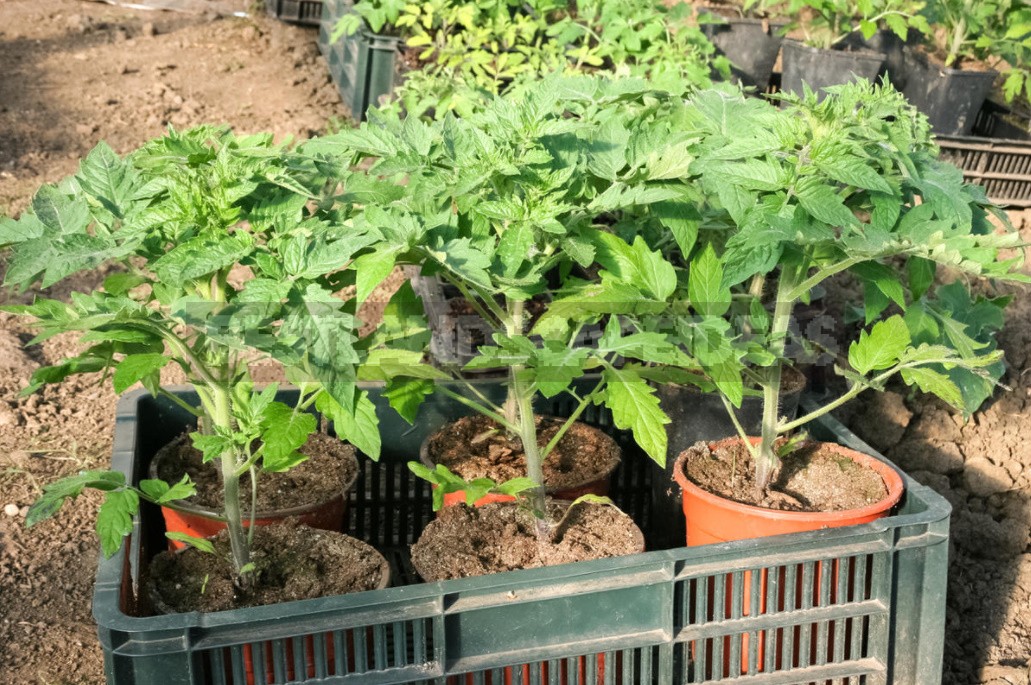
2. Seedling pulling and lighting mode
Often, seedlings grown in a city apartment turn out to be elongated and pale. During transportation to the country, such plants are more likely to be damaged. And even though tomatoes have a phenomenal rooting ability, “weaklings” will adapt worse to a new place.
Excessively elongated seedlings are planted with a deepening, lying down or along the ring. On the part of the stem that is underground, additional roots are soon formed. But first, the plants will adapt. From a sharp movement to a brighter light, they can even get sunburn, so it is necessary to shade the bed with non-woven material for several days. Of course, good soil moisture is necessary for root formation.

Any seedling needs good lighting — tomatoes are no exception. If there is a possibility of additional lighting of plants with a phytolamp-fine, if not — “walk” the grown plants on the illuminated balcony when the weather allows. In bright light, more chlorophyll is formed — and when moving seedlings that are not used to sufficient lighting from an apartment to a dacha, it needs time to synthesize it. During this period, it also needs strength to penetrate the roots into the soil. Only after this, the plants will start to grow. In strong, well-developed seedlings, all this passes faster and more painlessly.
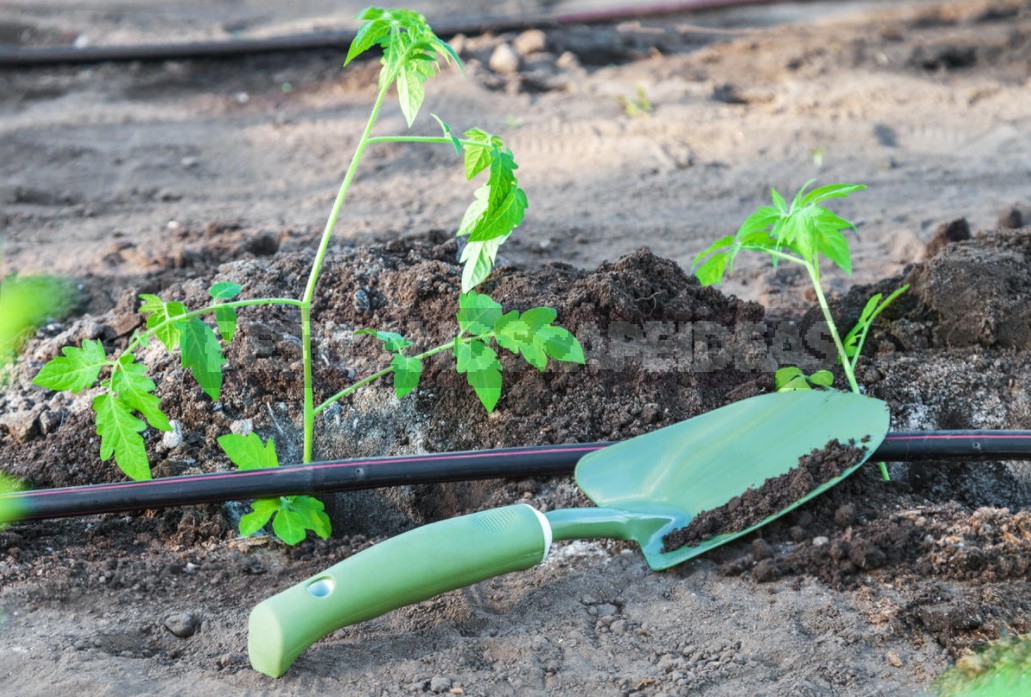
There are two main methods that prevent further stretching of seedlings. The first is to place it in a cooler and more illuminated place. Tomatoes will be quite comfortable at +18…+22°C. If the seedlings do not have enough light in a new place, they tend to it, and therefore they stretch out. The coolness will slow down the growth processes a little. But not everyone in the apartment will have such a place.
The second is to treat the seedlings in a timely manner with preparations from the group of retardants (the French word retard means “delay”, “delay”), which prevent stretching at the cellular level and contribute to the formation of a powerful bush.
